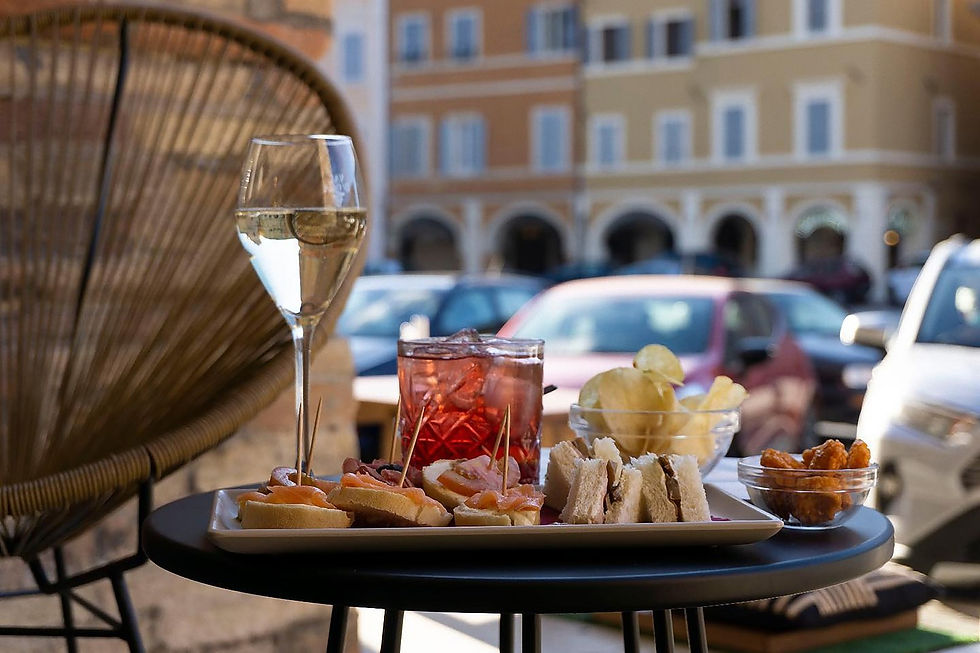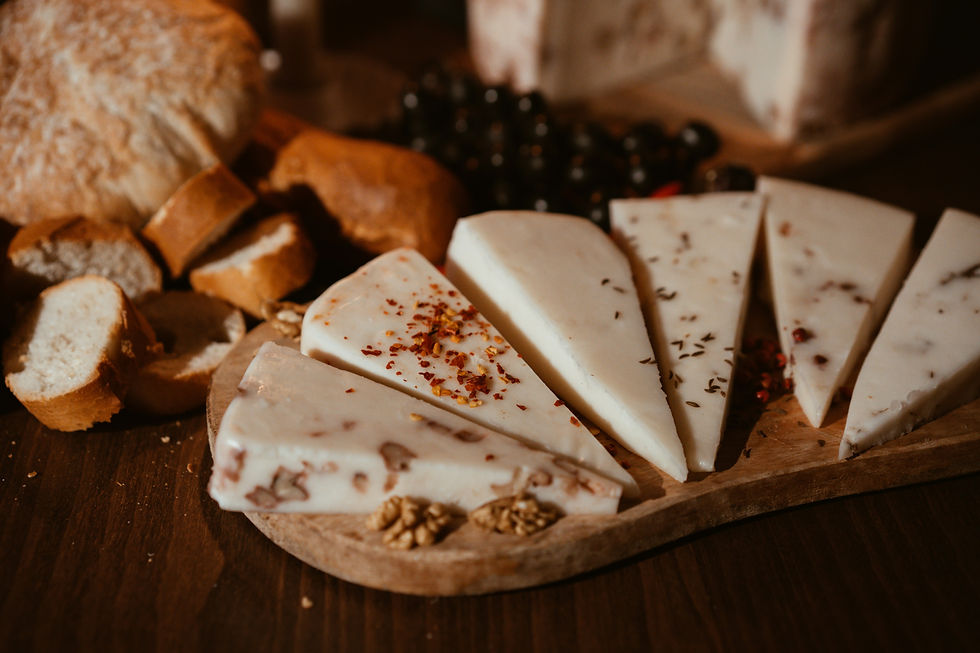Cultures Built around Food
- Unearthed Team
- May 13
- 4 min read
In the distance, a cloud of black smoke bellows across the horizon. It’s the 4th of July however, so there is really only one explanation: a classic slow-cooked American barbecue. Around the world, food is more often than not a lot more than just nourishment. Sometimes, it acts a vessel for history, community and identity. From the hushed calm of Japan’s tea houses to Argentina’s raucous fire-lit gatherings, meals have been celebrated in ways that bind individuals into collective stories. Through the act of preparing, presenting and partaking in specific dishes, generations have taken these otherwise mundane acts and transformed them into century-old traditions. They reveal that culture, at its most elemental, is actually built with and around food. Here are what some of the most classic dishes mean around the world.

Japan - Matcha and the cultures of tea
Since the 12th century, matcha found its way from Chinese monasteries into what is now a fundamental Japanese lifestyle. However, it was only in the 16th century that tea masters codified the chanoyu (the ‘way of tea’) as a spiritual practice of harmony, respect, purity and tranquility. The concept revolves around the host and guest engaging in somewhat timed movements: sifting the bright green powder, whisking it into a foam and savouring each sip alongside seasonal sweet snacks. The ceremony’s minimalist tearooms actually have a purpose. They strip away distraction, turning a simple beverage into an immersive meditation on presence and clean aesthetics.

China - The allure of dim sums
In Guangzhou teahouses, yum cha (literally ‘drink tea’) became popular during the Qing dynasty as travellers extended their journeys at tea stops. With these tea breaks came small plates of dumplings and buns. Servers on push-carts would wheel over bamboo steamers of har gow and siu mai, whilst families poured fragrant tea for one another. These simple acts are deeply rooted in their culture as they are gestures of mutual respect. This convivial morning ritual spreads far beyond Guangdong, but its essence remains as communal sampling and shared conversation.

Korea: Kimjang and communal cooking
Each autumn, neighbourhoods across Korea transform into communal kitchens for kimjang (also Gimjang), a mass preparation of kimchi that will ferment through winter. Recognised by UNESCO in 2013 as an Intangible Cultural Heritage, the practice brings together families, neighbours and generations in what is essentially a Labour of love: salting cabbages, grinding chilies, layering spices by hand and feasting on hearty stews as rewards. Beyond preservation, kimjang reasserts social cohesion and the very identity of a people.

Ethiopia: The three rounds of blessing
In Ethiopian homes, the coffee ceremony is as essential as water itself. On special occasions (some groups even do it daily) women roast green beans over charcoal, then grind them in a wooden mortar while incense fills the air. The beans brew in a clay jebena and are served in three rounds. Abol is the first, tona the second, and baraka is the third and last. Snacks such as popcorn or cardamom-scented bread accompany the ritual, which can unfold for hours and is considered a profound expression of hospitality.

Italy: The art of the aperitivo
Born in 18th-century Turin when Antonio Benedetto Carpano invented vermouth in 1786, the aperitivo evolved into an art of social lubrication that stretches well before dinner. In Milan’s buzzy bars, friends sip Spritz or Negroni alongside plates of olives, focaccia and cured meats (affettato). What surprisingly began as a herbal tonic has become a daily ritual of leisure. At this point for many, it has just melted into their daily routine.

France: The in-between of cheese
In the French culinary landscape, the cheese course sits between main and dessert. It almost acts as an interlude where diners savour the classics such as Camembert, Roquefort and the nutty tang of Comté. More than palate cleansing, it’s a moment to honour centuries of pastoral tradition, ordering wheels by region and pairing them with precisely chosen wines. You can’t take cheese away from the French.

Argentina: The Gaucho’s grill
On the vast Pampas gauchos once cooked beef on makeshift crosses over open flames. Today, asado grills anchor weekend gatherings across Argentina, where cuts like tira de asado and vacío sizzle beside chimichurri and flutes of Malbec. The asador’s skill typically comes with an applause (it is an art form after all) and the sobremesa (a conversation after the meal which lingers into the night) is the perfect time for families to tighten their bonds.

United States: Regional smoke and pride
American barbecue typically has four distinct styles: Carolina’s vinegar-spritzed pork, Memphis’s dry-rubbed ribs, Kansas City’s sweet, thick sauces, and Texas’s pure, smoke-kissed brisket. Rooted in Indigenous techniques and Caribbean barbacoa, it grew into a soul-food staple in Black communities and an emblem of regional identity celebrated in competitions and fourth-of-July cook-outs.

Lebanon: The Mezze sharing platters
Lebanese mezze transforms grazing into a cultural epicentre of dips. From hummus crowned with olive oil, tart tabbouleh bursting with parsley and hot kibbeh perched on platters. In homes and cafés alike, heaping plates invite storytelling and simple chitchat, making every meal a time to be communal.



Comments